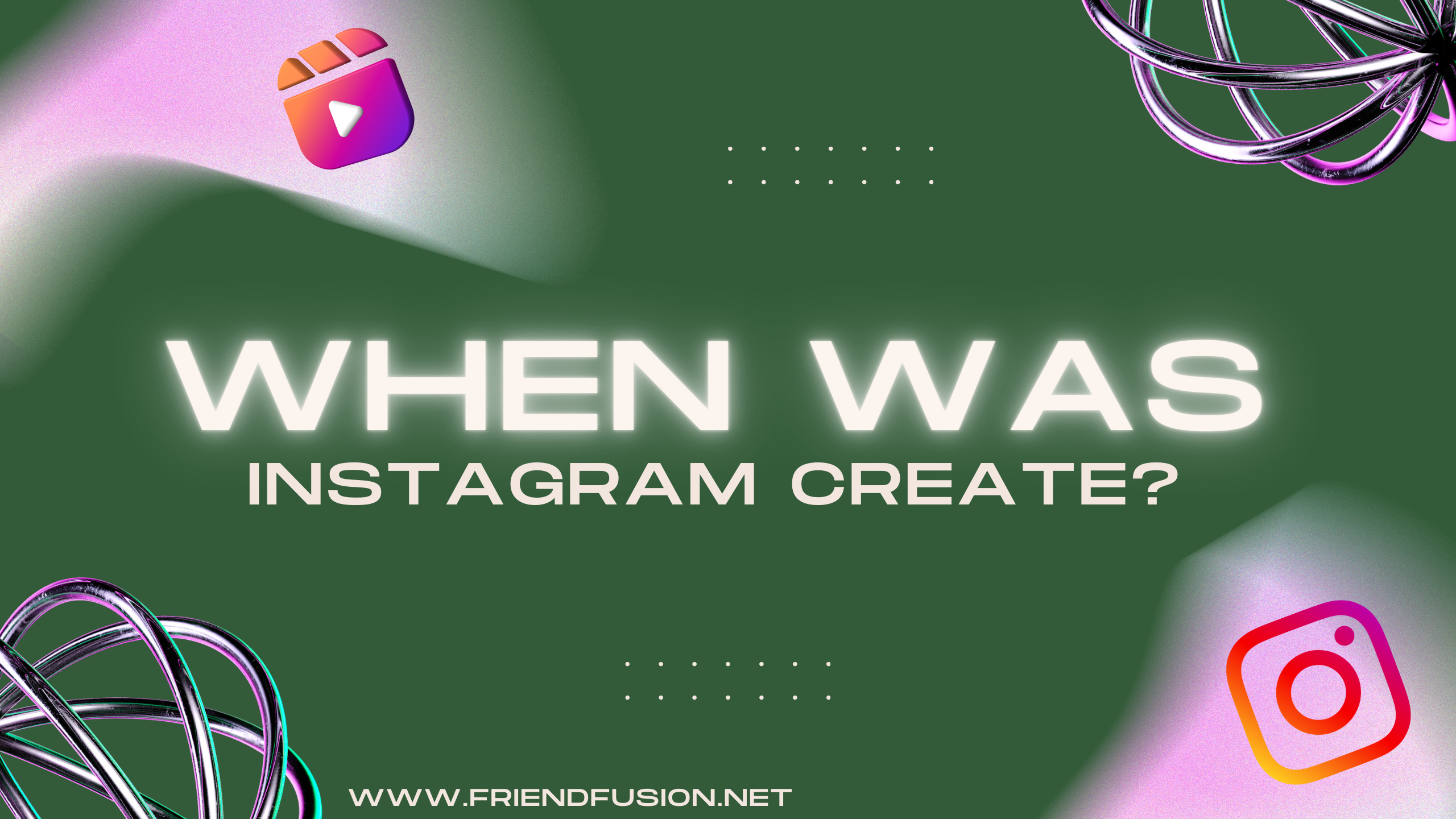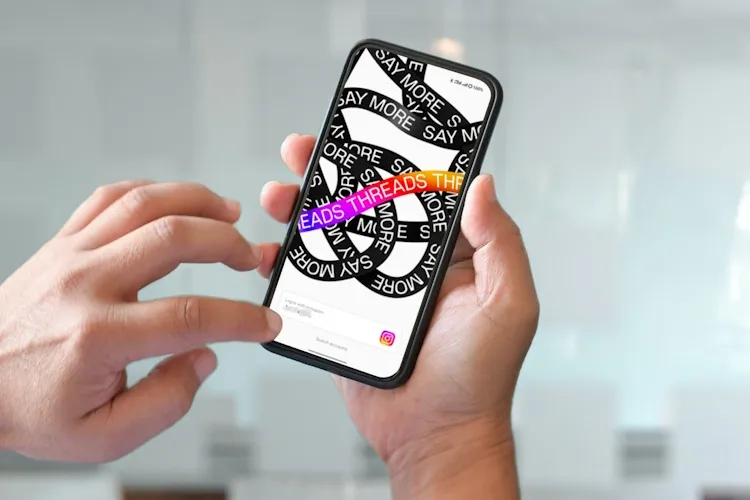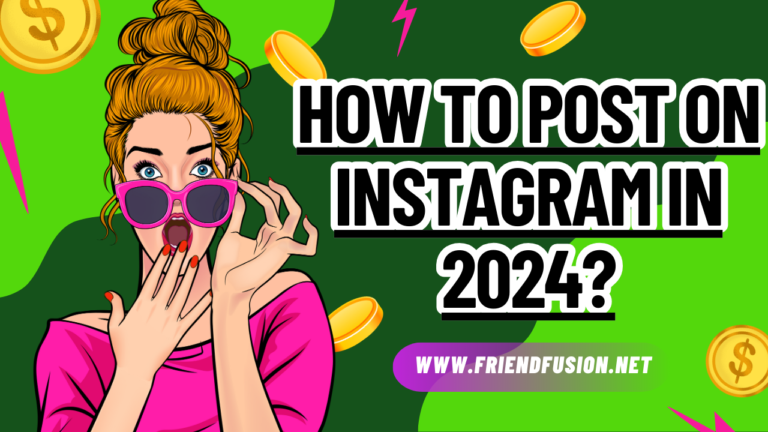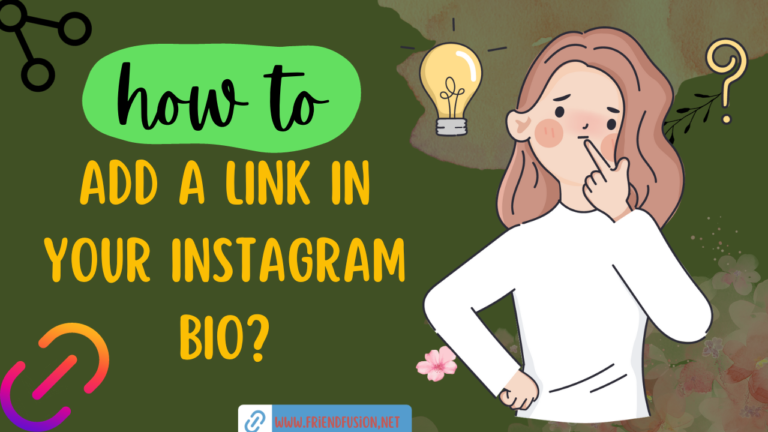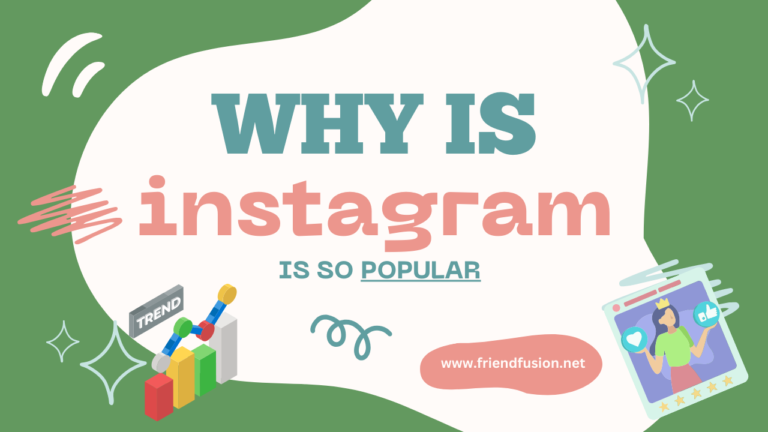Over the last ten years, Instagram has emerged as a dominant force in the realm of social media, boasting a staggering user base that surpassed one million within a mere two months of its initial launch. Recent assessments of its global advertising audience reach suggest that Instagram’s user count has surged to exceed 1.4 billion. Despite its widespread popularity, a significant portion of users remains unaware of the platform’s inception date.
Despite the widespread usage of Instagram, a surprising number of its users don’t find it necessary to delve into its history. When was instagram created? It’s not uncommon to encounter well-known Instagram influencers who lack a comprehensive understanding of the platform’s origins. Nevertheless, there remains a curious minority interested in unraveling the story behind Instagram’s creation and launch instagram.com.
What is the inception date of Instagram?
Instagram, a social networking service under the ownership of Meta Platforms, is an American platform centered around photo and video sharing. Users can upload media, apply filters for editing, organize content using hashtags, and associate posts with specific locations through geographical tagging. Content on Instagram can be shared either publicly or with pre-approved followers. Users have the ability to explore content from other users through tags and locations, check out trending posts, express appreciation by liking photos, and follow other users to incorporate their content into a personal feed.
This image-centric social media platform, operated by Meta, is accessible across various platforms including iOS, Android, Windows 10, and the web. Individuals have the capability to capture photos, enhance them using integrated filters and additional tools, and subsequently share the edited images on various social media platforms such as Facebook. Instagram accommodates users with support for 32 languages, encompassing English, Spanish, French, Korean, and Japanese, among others.
Originally, Instagram set itself apart by limiting content framing to a square (1:1) aspect ratio of 640 pixels, aligning with the display width of the iPhone at the time. However, in 2015, this constraint was relaxed, allowing for an increase to 1080 pixels. The platform evolved by introducing messaging features, the ability to incorporate multiple images or videos in a single post, and a Stories feature—reminiscent of its primary rival Snapchat. The Stories feature enables users to share content in a sequential feed, with each post accessible to others for 24 hours. As of January 2019, an impressive 500 million people engage with Stories daily.
Instagram, initiated for iOS in October 2010 by Kevin Systrom and Mike Krieger, swiftly soared in popularity. Within two months, it boasted one million registered users, reached 10 million in a year, and surged to an impressive 1 billion by June 2018. In April 2012, Facebook Inc. made a significant acquisition, purchasing the service for approximately US$1 billion in cash and stock.
The Android version of Instagram debuted in April 2012, followed by a feature-limited desktop interface in November 2012, a Fire OS app in June 2014, and an app for Windows 10 in October 2016. By October 2015, users had uploaded over 40 billion photos. Despite its acclaim for success and influence, Instagram faced criticism for its potential negative impact on teens’ mental health, policy and interface alterations, alleged censorship, and the presence of illegal and inappropriate content uploaded by users.
When Did Instagram Stories Start?
Instagram Stories, a game-changing feature that revolutionized the way users share content on the platform, was officially launched on August 2, 2016. Created by Kevin Systrom and Mike Krieger, Instagram Stories provided users with a dynamic and ephemeral way to share photos and videos, distinguishing itself from the more permanent posts on the main feed.
The introduction of Instagram Stories was undoubtedly influenced by the success of Snapchat, a social media platform known for its disappearing photo and video messages. However, Instagram put its own spin on the concept, combining the familiarity of its existing user interface with the allure of temporary, 24-hour content.
One of the key aspects of Instagram Stories is its format: a slideshow that allows users to string together multiple photos and videos in a single post. This format encourages a more spontaneous and unpolished style of sharing, fostering a sense of authenticity among users. Unlike the carefully curated posts that populate the main feed, Stories create a space for more immediate and candid updates.
The ephemeral nature of Instagram Stories has proven to be a major draw for users. The content disappears after 24 hours, adding an element of urgency and encouraging frequent updates. This real-time aspect has made Instagram Stories a dynamic and engaging feature, keeping users actively involved with the platform on a daily basis.
Over the years, Instagram has continued to enhance the Stories feature by introducing various interactive elements such as polls, questions, and quizzes. These additions not only make the experience more engaging for users but also provide businesses and influencers with valuable tools to interact with their audiences.
When Did Reels Start On Instagram?
Instagram Reels, a feature designed to create and discover short, entertaining videos set to music, was officially launched on August 5, 2020. This feature allowed users to produce and share 15-second multi-clip videos, often accompanied by music from a vast library of tracks provided by Instagram.
Instagram Reels was introduced as a response to the growing popularity of short-form video content on platforms like TikTok. By providing users with a dedicated space for creative and engaging short videos, Instagram aimed to tap into the trend and offer its user base a new way to express themselves.
The Reels format encouraged users to unleash their creativity through various editing tools, effects, and music options. Users could share their Reels not only on their profiles but also on the Explore page, expanding the potential reach of their content.
Similar to Instagram Stories, Reels became an integral part of the Instagram experience, providing users with yet another avenue for self-expression and connection. The launch of Reels demonstrated Instagram’s commitment to staying relevant in the rapidly evolving landscape of social media, adapting to emerging trends and meeting the evolving preferences of its user base.
When Did Instagram Shopping Launch?
May 2020 marked the introduction of Instagram Shopping by the platform. Recognizing the challenges encountered by numerous businesses amid the COVID-19 pandemic, Instagram observed the considerable difficulties in transitioning their business models to online sales. The announcement highlighted the platform’s commitment to facilitating a new shopping experience to support businesses during these challenging times.
Upon the initiation of Instagram’s shopping feature, the design embraced a full-screen, immersive storefront concept, providing businesses with a platform to expand their brand presence. Additionally, the shopping feature played a pivotal role in assisting businesses in promoting the discovery of their products.
Active users on Instagram can easily access a business’s shop through the Instagram profile, feed, and stories. Once engaged, users have the opportunity to delve into collections, peruse various products, and make purchases seamlessly using Instagram’s integrated browser. Notably, businesses leveraging Instagram’s Checkout option will incur an additional sales charge, thereby presenting a new revenue stream for the social media company through this specific feature.
The checkout feature on Instagram empowers users to make detailed choices such as selecting color or size during the purchasing process. Moreover, users can input essential information, including their name, shipping address, billing details, and email. Following the purchase, the user is promptly notified about the delivery and shipment status directly within the app.
Apart from Instagram shops, there are other ways of shopping on the app. These include:
- Instagram Stories
- Instagram Feed
- Instagram Explore
- Instagram Live
- Instagram Reels
- Instagram Direct
Instagram safeguards purchases made on Instagram Shopping through its purchase protection policy. It’s worth noting that this policy extends its coverage to purchases made through other features available on the platform as well.
When Did Ads Start On Instagram?
Instagram introduced advertising on its platform in October 2010. The initial form of advertising on Instagram involved sponsored posts and brand partnerships, allowing businesses to share their content with a wider audience. These early advertising efforts helped pave the way for the development of more sophisticated and targeted advertising features on the platform.
However, it wasn’t until 2013 that Instagram officially launched its advertising platform to a broader audience. This marked a significant step for the platform as it sought to monetize its service and provide businesses with a direct way to reach the Instagram user base. The introduction of advertising on Instagram allowed businesses to create sponsored posts with specific targeting options to reach their desired audience.
Since then, Instagram has continued to evolve its advertising offerings, introducing various ad formats, targeting options, and features to make advertising more effective for businesses and more engaging for users. Instagram ads have become an integral part of the platform’s revenue model, contributing to its growth as a major player in the social media advertising space.
FAQS;
conclusion;
In conclusion, Instagram was created by Kevin Systrom and Mike Krieger and officially launched in October 2010. Originally conceived as a check-in app called “Burbn,” the platform evolved into a photo-sharing application with a focus on simplicity and visual appeal. Instagram quickly gained traction, reaching one million users within two months of its launch.
The founders’ vision for Instagram was to offer users a platform for sharing photos, applying artistic filters, and fostering a community around visual content. The success of Instagram led to its acquisition by Facebook in April 2012, marking a pivotal moment in the platform’s journey.
Since its creation, Instagram has continuously evolved, introducing features like Instagram Stories, IGTV, Reels, and various shopping functionalities to stay at the forefront of social media trends. Today, Instagram stands as one of the most popular and influential social media platforms, connecting millions of users worldwide through the power of visual storytelling.

